Osteoporosis and Exercise
Article by Nicole Tos

It is estimated that over 2.3 million Canadians live with osteoporosis or low bone density (1). To better understand what osteoporosis is, how it occurs and its progression, click https://pinpointphysio.ca/arti...to read a previous article published with this information. However, one aspect to recognize is that most people reach their maximum bone size and strength by age 30, therefore, creating healthy lifestyle habits from a young age is important for maintaining bone health (1). The main concern with deteriorating bone density is the increased risk of fractures that accompany it. It is estimated that “at least 1 in 3 women and 1 in 5 men will break a bone due to osteoporosis in their lifetime (1)”.
Osteoporosis can be managed and prevented through several avenues including nutrition, prescribed medications and exercise. This article will focus on the exercise component.
An update to the guidelines for treatment of males and postmenopausal females aged 50 years and older became available in 2023, which aim to reduce the risk of fractures and optimize bone health. The review resulted in 5 recommendations for regular exercises to improve or mitigate the effects of osteoporosis (2):
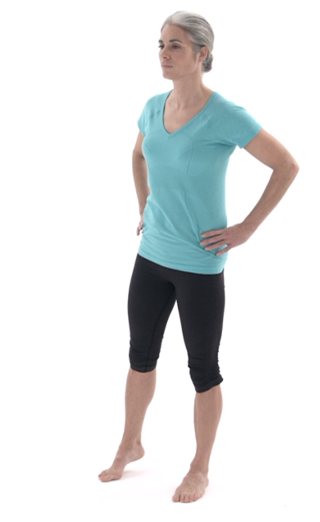
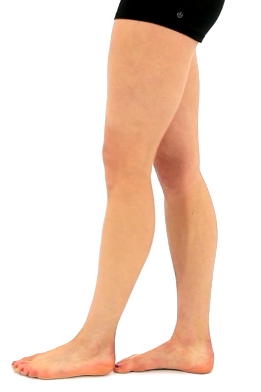
1. Balance training ≥ twice weekly
Training and improving your balance is essential for strengthening stabilizer muscles in your entire body, and most significantly for osteoporosis, prevent falls.
Some examples of exercises include weight shifting, reactive balance (e.g., catching/throwing), maintaining balance through movement (e.g., calf raises, lunges, sit to stand, heel toe walking), and reducing base of support (or area in contact with ground)- single leg standing, tandem, feet close
2. Resistance training ≥ twice weekly
Strength building is considered important for bones, muscles, and connective tissue to build resilience and aid in injury prevention.
Exercises that specifically target the abdominals and back extensors muscles are recommended. Examples include:
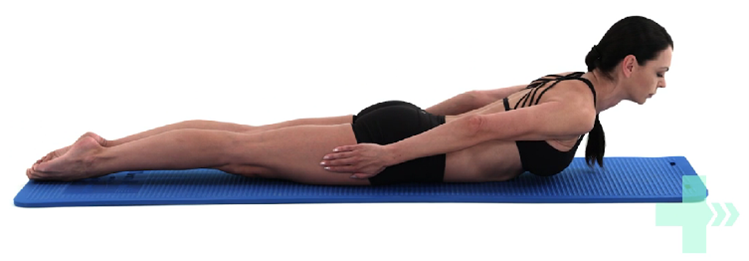
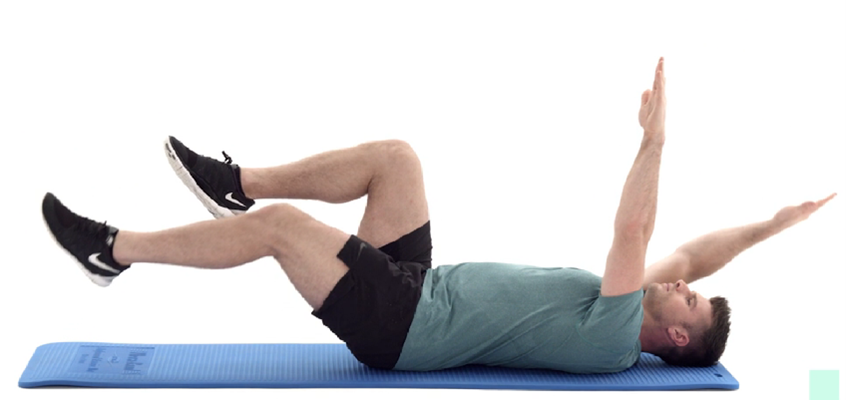
Other exercises that help with functional movements (such as sit to stand) and target major muscles groups (upper and lower body) would ideally be done using some resistance, such as elastic bands or weight.
Examples of exercises: Sit to stand or squats, push ups, standing or seated row exercise, forward and side lunges.
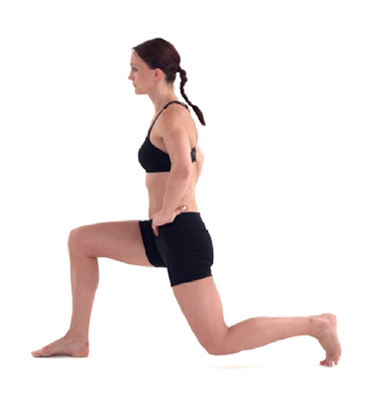
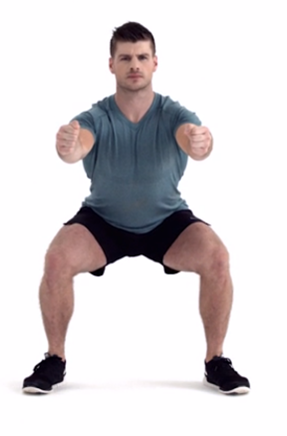
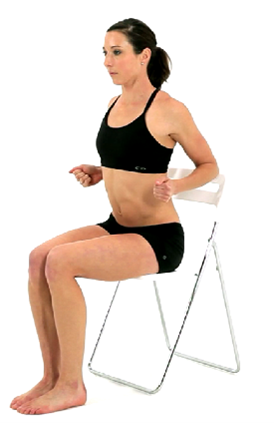
3. Continue with other activities.
Alternative activities (e.g., walking/hiking, yoga, Pilates, tai chi) for general enjoyment and fitness can continue to be performed if they can be performed safely. Pay attention to balance and potential for impact on the body while performing and choosing activities. It is recommended to get ≥ 150 minutes of moderate to vigorous physical activity per week (3).
For individuals with high fracture risk, it would be best to have a conversation with your physiotherapist or doctor to determine the most appropriate activities based on your specific situation. For example, running and racquet sports are considered moderate impact whereas vertical jumping activities would be considered high impact (2).
4. Some movements can increase the risk of fracture and are best if modified.
Movements that are quick, repetitive, sustained, weighted or right to the end of range into flexion and twisting (rotating) of the spine may need to be modified, especially for those with high fracture risk (2). These positions can put increased load onto the vertebrae and increases the potential for fracture if the bones are already low in density. If there are any movements you already do on a day-to-day basis that involve these types of movement, it may be recommendable to speak with a physiotherapist and explore potential modifications.
5. Seek advice from movement specialists.
Physiotherapists are movement specialists, and we can help modify your current movements or attempt to change them to minimize your risk for fractures. It is very important for individuals that have either had a recent fracture or are at high risk of fracture, to attempt to seek advice for prevention recovery. If you are unable to get help, refer to Osteoporosis Canada for resources HERE (https://osteoporosis.ca/living-well-with-osteoporosis/) (4).
References:
- 1. https://osteoporosis.ca/facts-and-stats/#:~:text=Over%202.3%20million%20Canadians%20are,re%2Dfracture%20within%20one%20year.
- 2. https://www.cmaj.ca/content/195/39/E1333
- 3. https://csepguidelines.ca/
- 4. https://osteoporosis.ca/living-well-with-osteoporosis/
**All photos are from Physitrack
You May Also Like...
-
 ArticleView Post
ArticleView PostExercising during Pregnancy Part 2 of 2: The Role of Physiotherapy
Physiotherapists can support pregnant women in maintaining a healthy activity level without added discomfort by prescribing an individualized and modified exercise program.
-
 ArticleView Post
ArticleView PostBalance & Fall Prevention for the Elderly
The elderly are at the highest risk for falls which may cause serious trauma. So how can we help seniors prevent fall-related injuries?
-
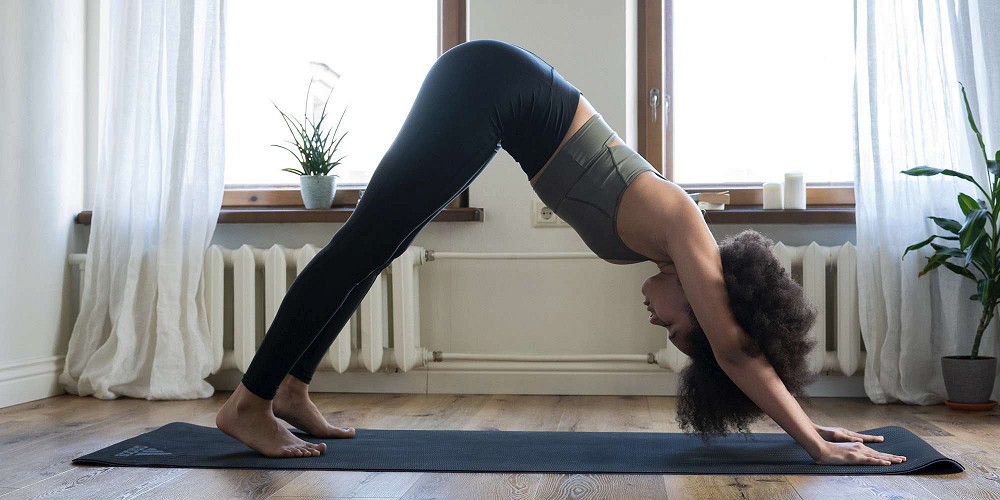 ArticleView Post
ArticleView PostPelvic Floor Dysfunction, Assessment, & Treatment
Pelvic floor physio is a popular treatment with more than a few misconceptions. For example, it's much more than just kegel exercises!